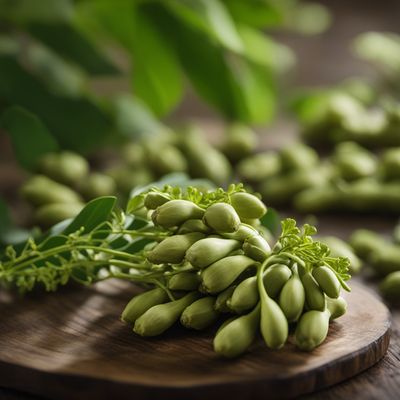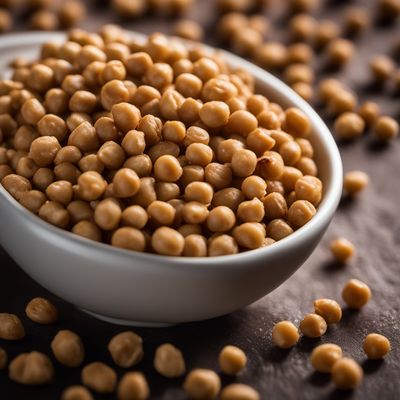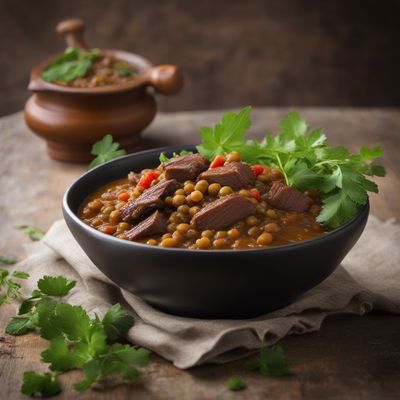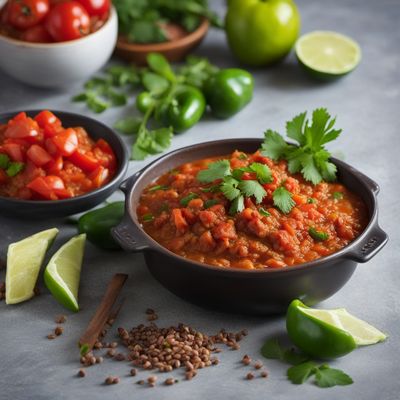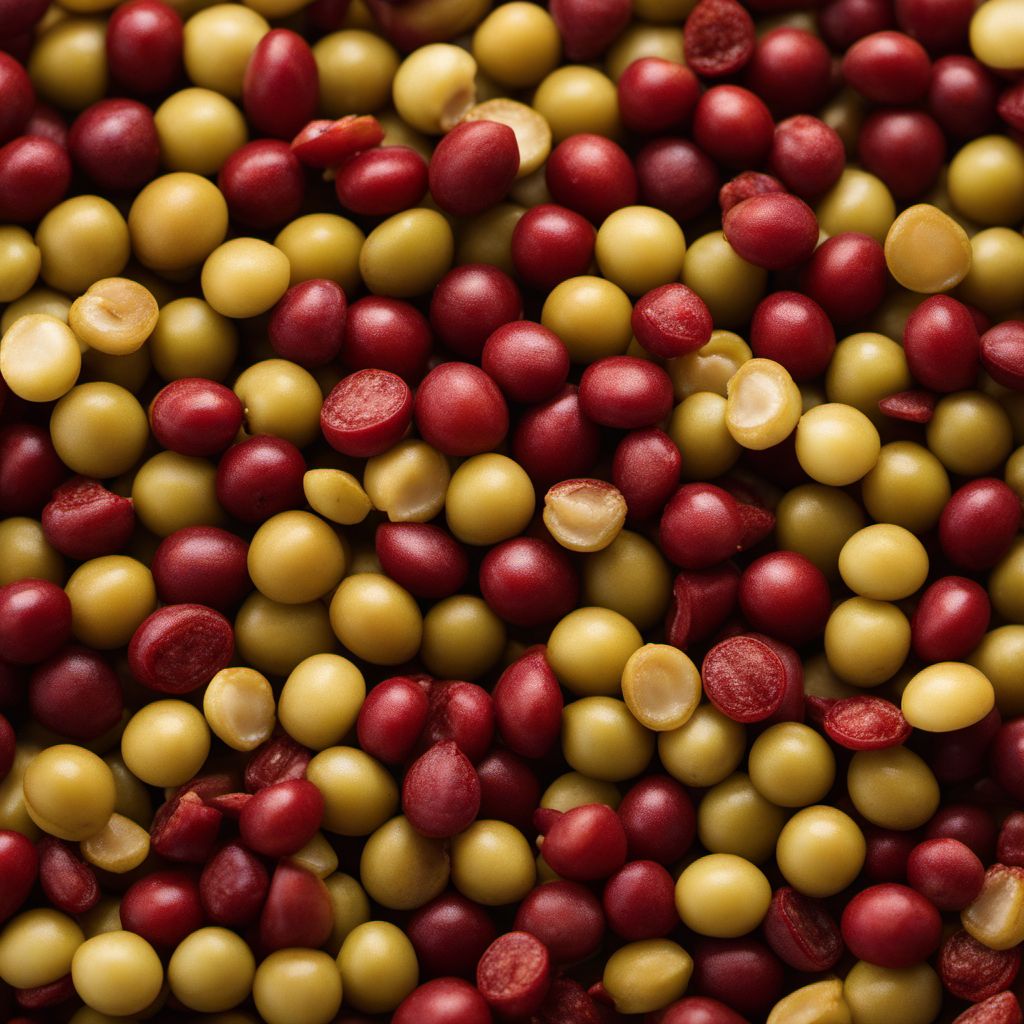
Ingredient
Pigeon peas (dry)
The Versatile Legume: Pigeon Peas
Pigeon peas are small, oval-shaped legumes with a firm texture and a nutty flavor. They have a vibrant yellow color and are often used in soups, stews, curries, and rice dishes. These peas are a great source of plant-based protein and dietary fiber, making them a nutritious addition to any meal.
Origins and history
Pigeon peas have a rich history dating back thousands of years and are believed to have originated in Eastern Africa. They have been cultivated and consumed in India, Africa, and the Caribbean for centuries, playing a significant role in the culinary traditions of these regions. Pigeon peas are also known for their cultural significance, often being used in festive dishes and celebrations.
Nutritional information
Pigeon peas are a nutritional powerhouse, packed with protein, dietary fiber, and essential vitamins and minerals. They are particularly rich in potassium, iron, and folate. Additionally, they are low in fat and cholesterol, making them a healthy choice for those looking to maintain a balanced diet.
Allergens
Pigeon peas are not known to be allergenic, making them a suitable choice for individuals with common food allergies.
How to select
When selecting pigeon peas, look for dried peas that are whole, unbroken, and free from any signs of moisture or insect damage. Additionally, choose peas that have a vibrant yellow color and a fresh aroma. If purchasing canned pigeon peas, check the expiration date and ensure that the cans are not dented or damaged.
Storage recommendations
To maintain the freshness and quality of dried pigeon peas, store them in an airtight container in a cool, dry place. Properly stored, they can last for up to a year. Cooked pigeon peas can be stored in the refrigerator for up to 3 days.
How to produce
Pigeon peas can be grown in home gardens or small-scale farms. They require warm weather and well-drained soil to thrive. Sow the seeds directly in the ground or in containers, ensuring they receive adequate sunlight and water. With proper care and maintenance, you can enjoy a bountiful harvest of fresh pigeon peas.
Preparation tips
Pigeon peas can be cooked in various ways, including boiling, pressure cooking, or slow cooking. They are commonly used in soups, stews, and curries, adding a hearty texture and flavor to the dishes. Pigeon peas can also be ground into flour and used to make delicious fritters or pancakes. To enhance their flavor, consider adding spices such as cumin, turmeric, or coriander. Additionally, they can be sprouted and used in salads or as a nutritious snack.
Culinary uses
Pigeon peas are widely used in Indian, African, and Caribbean cuisines. They are a staple ingredient in dishes like dal, sambar, and rice and peas. Pigeon peas are also commonly used in Latin American cuisines, such as in the popular dish called arroz con gandules" in Puerto Rico."
Availability
Pigeon peas are commonly available in India, Africa, the Caribbean, and Latin America. They are also exported to various countries around the world.


